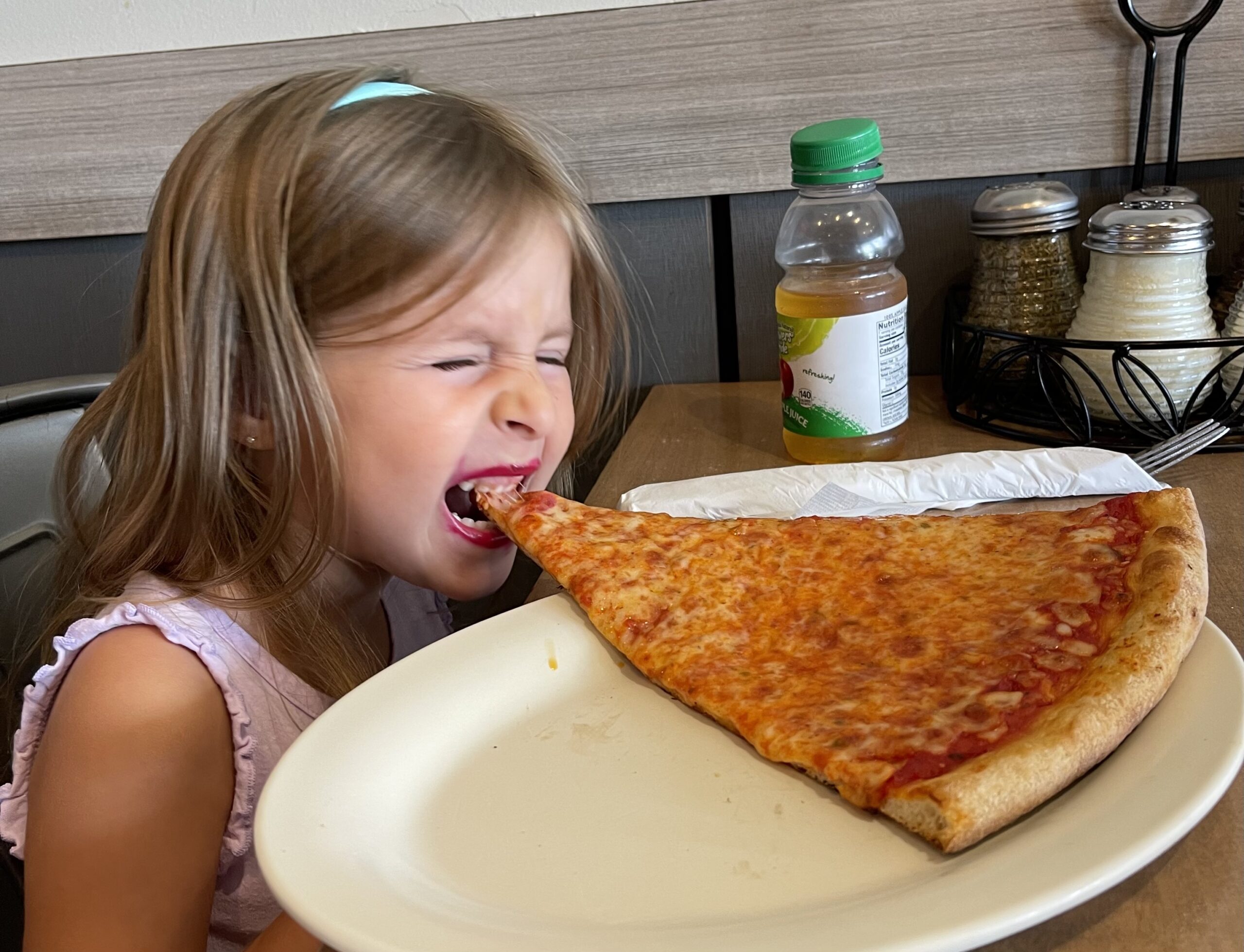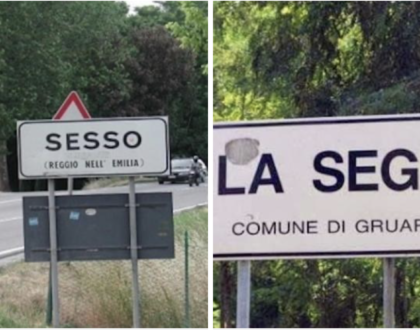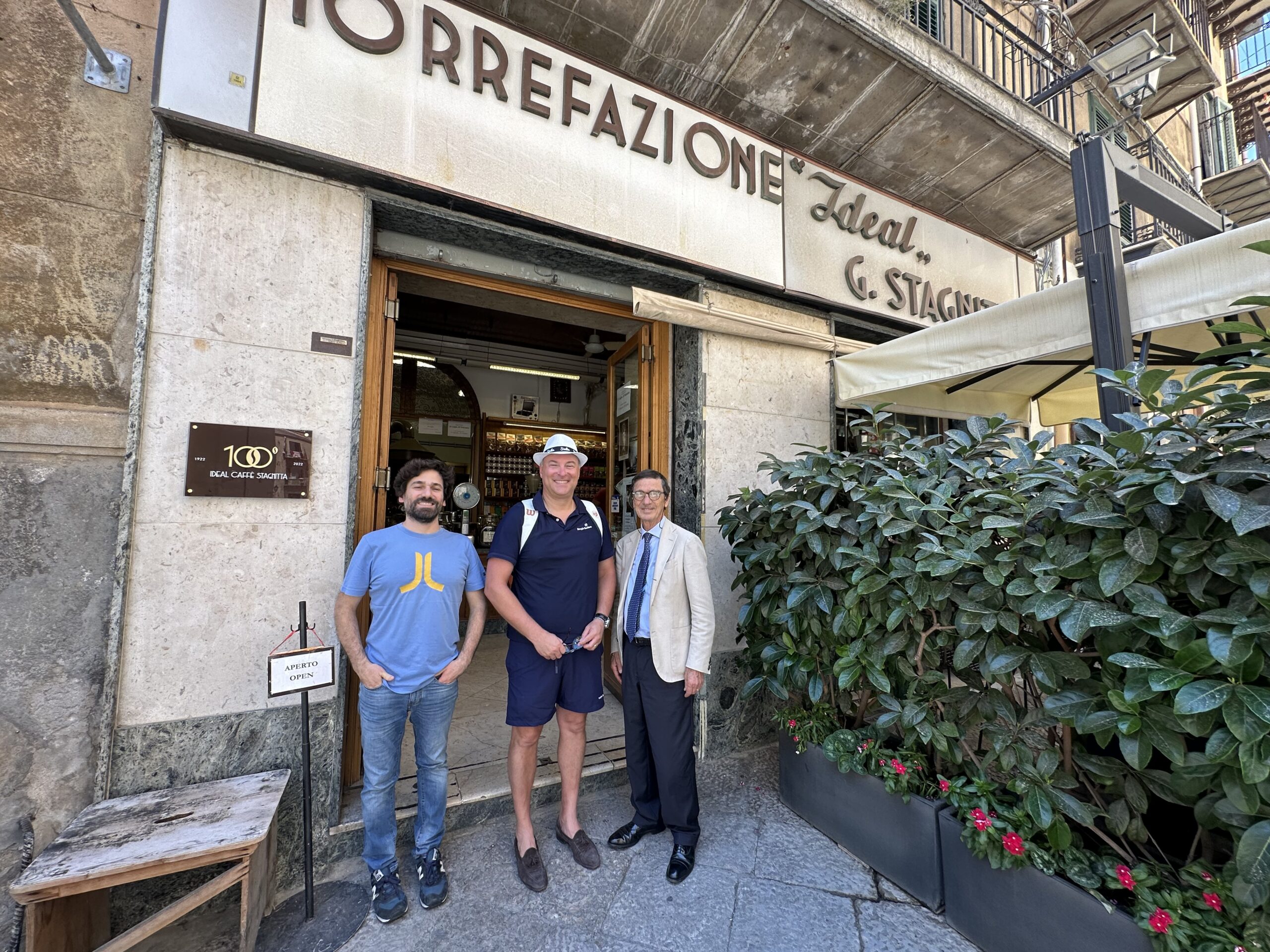ITALY VS. USA – A COMPARISON OF SUMMER CAMP LUNCH MENUS

Summer months in my family are spent equally in Florida and in Florence. With a first grader and kindergartener, one of our goals is to find good summer camps for the children to keep their minds active and to maintain socialization with a diverse group of peers. We’ve discovered, however, that one of the main differences between American camps vs. Italian camps (other than the obvious language differences), is the food selection.
As an American, my recollection of school lunches consists of pizza wedges, tater tots, nuggets, and chocolate milk. Fast forward to 2023 with my children in school, lunch menus in the US seem to have only slightly developed, now offering a few other options such as chicken patties, PB&J, and cheeseburgers. Aside from the limited selection at schools and camps, school food in the United States has a terrible reputation, believed to be neither desirable nor nutritious by students and parents alike.
A 2009 report by USA TODAY found that meat served in the United States schools wouldn’t meet the quality or safety standards of fast-food restaurants. Further, according to a GREEN MATTERS article, “[b]ecause of the low budgets … and in order to have ingredients with longer shelf lives, school cafeterias often opt for processed foods that are high in preservatives” which is why many of the meals on American lunch trays consist of “shriveled hamburgers, browning iceberg lettuce, stale fries, and greasy AF pizza.”
For these reasons, my wife often packs a lunch for our children during the school year, and after seeing the lunch menus for summer camps here in Florida, we decided to opt out of the lunch program altogether. My children will therefore spend the first half of their summer in Florida bringing with them bagged lunches to camp.
The second half of the summer, however, will be different, as our children are now enrolled in a summer camp in Florence, Italy, offering meals good enough to be served in a trattoria (see below for the options). I cannot say I was totally surprised to learn of the camp’s vast selection of primi, secondi, and contorni, considering Italy’s emphasis on the quality of their food and its preferences in consuming food made from scratch, using whole, organic ingredients.
Immediately after registering my children for Italian summer camp, I received an email asking me to choose the foods for my children. This is the English translation of what it said:
“Please choose the first course and second course for your child for each day of the week. On Mondays, Wednesdays and Fridays, vegetables will be served as a side dish. On Tuesdays and Thursdays, French fries will be served as a side dish. Seasonal fruit will be served daily to finish.”
First Course Options
- Pasta with butter
- Pasta with tomato sauce
- Pasta with pesto and cherry tomatoes.
- Tortellini with cream and cooked ham.
- Lasagna
- Cold pasta
- Pasta with tuna fish
- Ravioli with butter and sage
- Gnocchi with tomatoes and mozzarella
- Farro salad
Second Course Options
- Veal cutlet Milanese
- Hamburgers
- Mozzarella
- Sausage
- Baked chicken
- Fish sticks
- Tuna with chickpeas
- Grilled chicken
- Baked cordon bleu
- Omelette
- Crusted sole fillet
Now, one may think I enrolled my children in an Italian culinary camp, but make no mistake about it, it is an athletic camp.
In speaking with some of my Italian friends about this, such a menu is perfectly normal for children at summer camps and elementary schools all across Italy. In the US, however, not so much.
Recommended Posts

THE ITALIAN KNIFE CAPITAL – SCARPERIA, ITALY
June 22, 2024

VULGAR ITALIAN NAMES OF ITALY’S FOOD, WINE AND TOWNS
March 23, 2022

